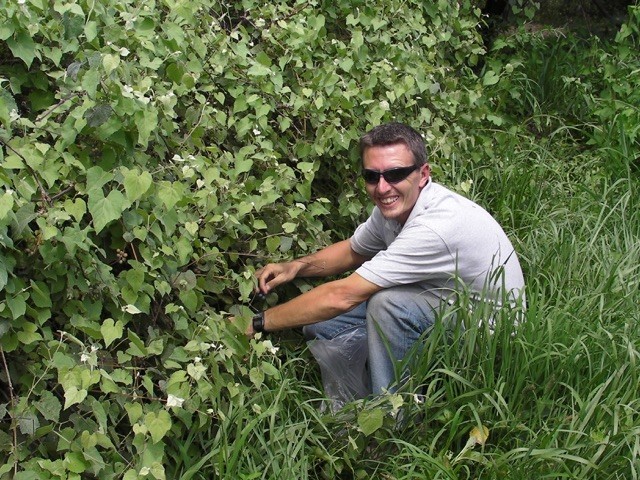
Within any balanced ecosystem, there are tons of things to eat. The trick is finding and using them without upsetting that balance, or your belly.
Hunter gatherers were also farmers of a sort. They knew places where they would find wild plants to eat and they would travel to them during the right season, even actively doing things to protect or enhance the growth of the plants they favored. We can do the same.
If you know your area well, you can note where and when to find certain foods, and then live largely off them. The more you can harvest from the wild, the less work you will need to do in your garden. Not to mention the fact that wild plants have evolved to fit your climate perfectly. Few domesticated plants can say the same.
If there isn’t much “wild” around where you live, you could start gathering other people’s waste products. Neighbors will often throw away things that are useful to you, and using them can be mutually beneficial.
Weeds, manure, tree cuttings, and organic wastes are considered waste products by most, but not by us. All of these can be eaten, ground up, or composted, which contributes to our food web.
Our favorite place to gather waste products is our closest neighbor, an apple ranch. We help them weed, take all their prunings, gather the fallen apples (for cider or animal feed). Almost every time we go there, we come back with a truckload of goodies that would otherwise have been thrown away.
Gathering is best done as an addition to your daily routine or as a family outing. We often pick things up when we take to kids to school, or we’ll all go together on a special trip. They love the activity. Whether picking mint near the river, wild grapes or raspberries, mesquite beans, it doesn’t matter, they always have fun.
We have also started to cultivate many of the edible wild plants in our forest garden, especially the ones that provide food during winter or early spring. We find these plants will feed us without any additional water or attention.
Agave stalks are sweet and delicious. Roast them when flower is about to open.
Amaranth: Grain contains 15% protein.
American Groundnut: This perennial vine produce excellent roots that can be cooked like a potato.
Buffalo Gourd: Roast the seeds, and the root is a good starch.
Bull Nettle: Eat seed capsules.
Cattails: All of this wonderful plant can be eaten, in all kinds of different ways.
Dandelions: Eat leaves or flowers.
Devil’s Claw: Eat the pods and seeds when less than 2″.
Jerusalum Artichokes: The tubers from these sunflowers are a tasty and popular food.
Lambs-quarters: Eat the leaves in a salad.
Madrone: Eat the fruit.
Max Sunflower: Eat roots and seeds.
Mesquite beans can be ground down for flour, or fed to animals like pigs and rabbits.
Mint: As an herb, part of salad or as a tea.
Ocotillo: this strange-looking plant has a red flower in the spring and after good rains. It makes an excellent tea, kind of like hibiscus.
Plantain: Can eat the whole plant. Good in salads.
Prickly pear: You can eat the pads, especially the young, tender ones – burn off the spines and use in a stir-fry or omelet. The fruit is good for jellies.
Thistle: Can eat the taproot, large leaves, young flower and root.